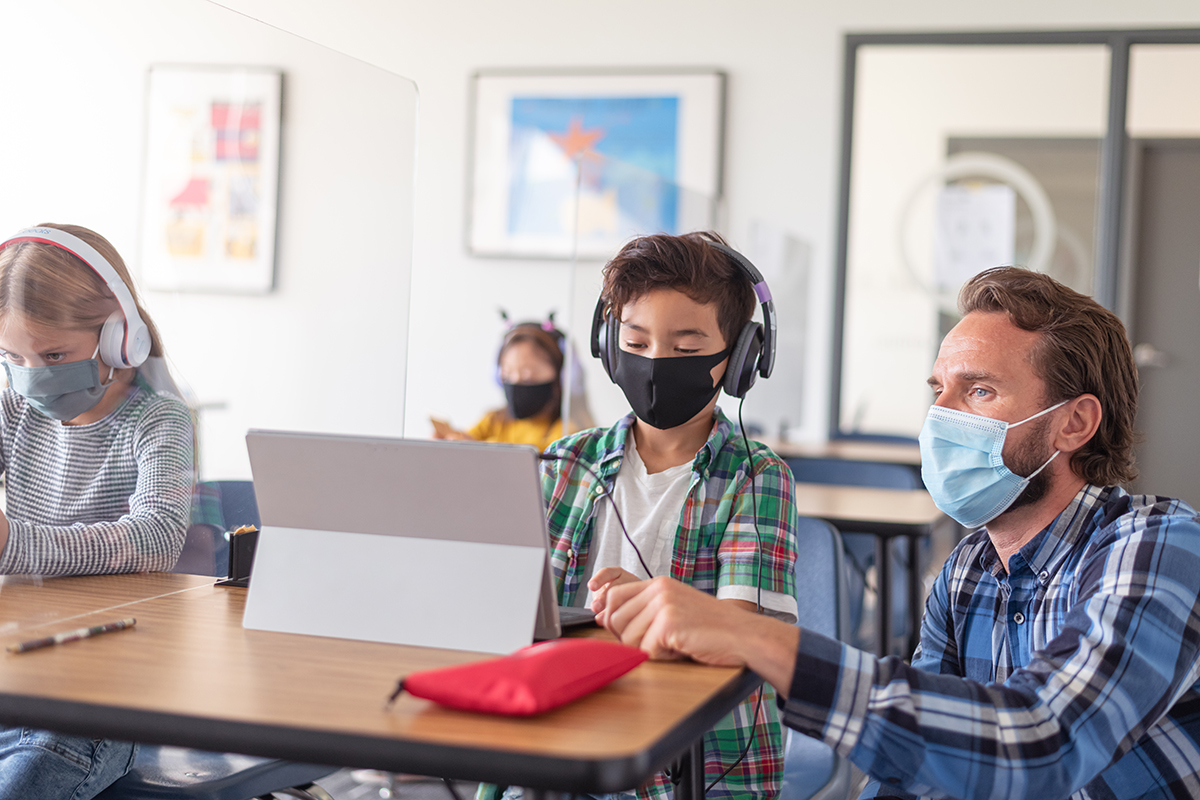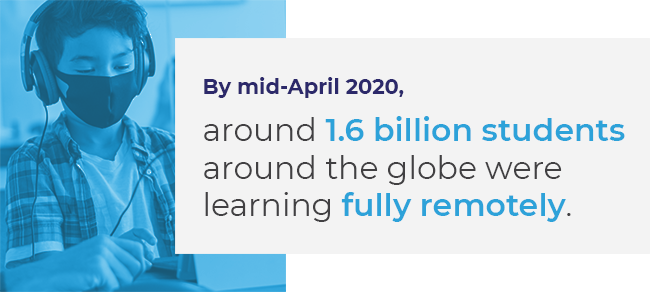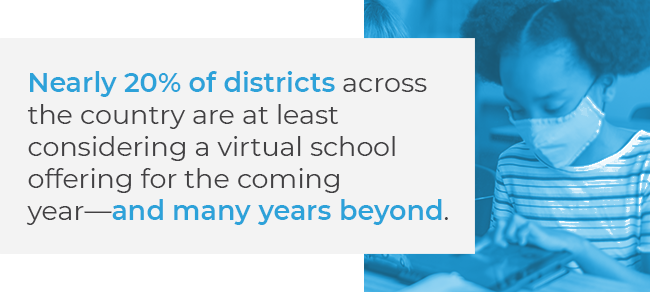April 5, 2022 8:00 am
How Your Students Can Earn One Year of College Credit in High School
The cost of higher education has many students (and their parents) looking for ways to lower that tuition bill. Give them a roadmap to earning an entire year’s worth of college credit before high school graduation.
The cost of higher education has many students (and their parents) looking for ways to lower that tuition bill. Many are turning to dual credit, where they can earn college credit while also fulfilling high school graduation requirements. And while taking one dual credit course is great, you can give your students a roadmap to earning an entire year’s worth of college credit.
With a little planning and guidance, your students can save thousands on their degree by earning a year’s worth of college credit in high school.
Create a roadmap for one year of college credit
High school students have a lot going on and not a lot of experience with time management. Often, they need a little help planning their week, and even more so their year. That’s why Imagine Learning partners with TEL (Teaching and Education for Life) and their +1 Program: to make it easy for you to guide students through their dual credit journey to earning a full year’s worth of college credit. The +1 Program from TEL Education lays out a clear path that’s easy for your team to manage and easy for your students to understand.
The +1 Program includes 30 credit hours spread out over four or five terms, depending on what works best for the student’s schedule. They can start as early as their sophomore year, and can include summer terms as well. For every credit that transfers into their degree program, students can save hundreds of dollars.
TEL partners with more than 10 regionally accredited colleges and universities that support a +1 Program so your school can decide which higher education institution best fits your needs. It might be the one closest to you or it might be the one that aligns most closely with your values.
Review the sequence of courses
Once you choose the credit-granting partner and when you’d like your students to start the program, you have an easy-to-navigate roadmap for your students. This roadmap outlines which courses to take each term. The suggested sequence includes courses that students are likely to encounter in their first year of college and meet high school requirements as well.
Check out our general +1 Program sequence guide. The courses and sequence may change depending on the credit-granting partner you choose.
At TEL, students are encouraged to start with College Readiness no matter what their educational goals are. College Readiness helps students learn the necessary study skills and learning strategies to build confidence that they will be successful in college-level learning. Students will also take courses in English, history, science, and the humanities.
Look for ways the suggested course sequences line up with your state’s graduation requirements, including which requirements can be covered by the +1 Program and which courses will need to be taken outside of the program. The sequence is designed so students have room each term for electives they are interested in as well as other courses they need in order to graduate.
While TEL put a lot of time and thought into the sequence guide, it is meant to be a guide. If you know your students would be more successful with a different schedule or if there is a course you’d like to include, the +1 Program can be flexible.
Help your students create a plan
Sadly, there are no turn-by-turn directions to make sure students stay on the road to dual credit success. While the course sequence is easy to follow, students will need guidance to ensure they meet all their high school requirements while also completing the +1 Program.
In your planning session with interested students, help them see any gaps they have and how the courses can fulfill requirements. Show students which courses fit best based on what they’ve already taken, and help them decide whether summer term makes sense for them. Each student will be different so make adjustments as needed for each student’s schedule.
Enrolling in dual credit is the perfect conversation starter for plans after high school. Start talking with students early about college or a certification program. Several of TEL’s partners provide incentives such as guaranteed acceptance and even scholarships for enrolling once you’ve successfully completed a dual credit course with them. They also have a transfer toolkit to help students understand the transfer process.
Check in on their progress
After helping thousands of students with online college courses, we know that support is key. That’s why TEL has layered support for any student who enrolls. But we’ve also found schools that monitor student progress were most likely to have students who were successful in the +1 Program.
Through TEL, students have access to instructors through weekly office hours and email to discuss content-related questions. We also have a team of success coaches who offer workshops, organize study groups, and meet with students 1:1 to help with study skills and time management. And of course, we have technology support through email, chat, and an extensive knowledge base that students can search.
But students really excel when faculty and staff at their school are checking in as well. Regular check-ins from your team have shown to be effective in helping students through their first experience in college-level learning. Outside of just asking how the student is doing, you can also monitor their progress for yourself. Your team will have access to different reporting roles to see how individual students are doing in the class.
Setting students up for success
Earning an entire year’s worth of college credit in high school helps your students reach their educational goals faster. Whether that’s an associate degree to launch straight into a career or enrolling into a bachelor’s program, students in the +1 Program have a head start and tangible proof that they can be successful with college-level learning. And because courses through the +1 Program are one third the cost of a four year university, they can save thousands of dollars on their degree program.
—–
This blog is brought to you by Carrie Watkins and was originally published on TEL’s The Bookmark. TEL Education provides its growing catalog to any Imagine Edgenuity partner school interested in offering online dual credit courses to its students. The partner school will select one of TEL’s 10 regionally accredited transcribing partners, identifying the college or university where their students would earn credit from after successfully completing the dual-credit course. Imagine Edgenuity partners also receive TEL’s multi-layered support, including our proactive Student Coaches, who help students with time management, study skills, and reach out to students who are starting to fall behind.




